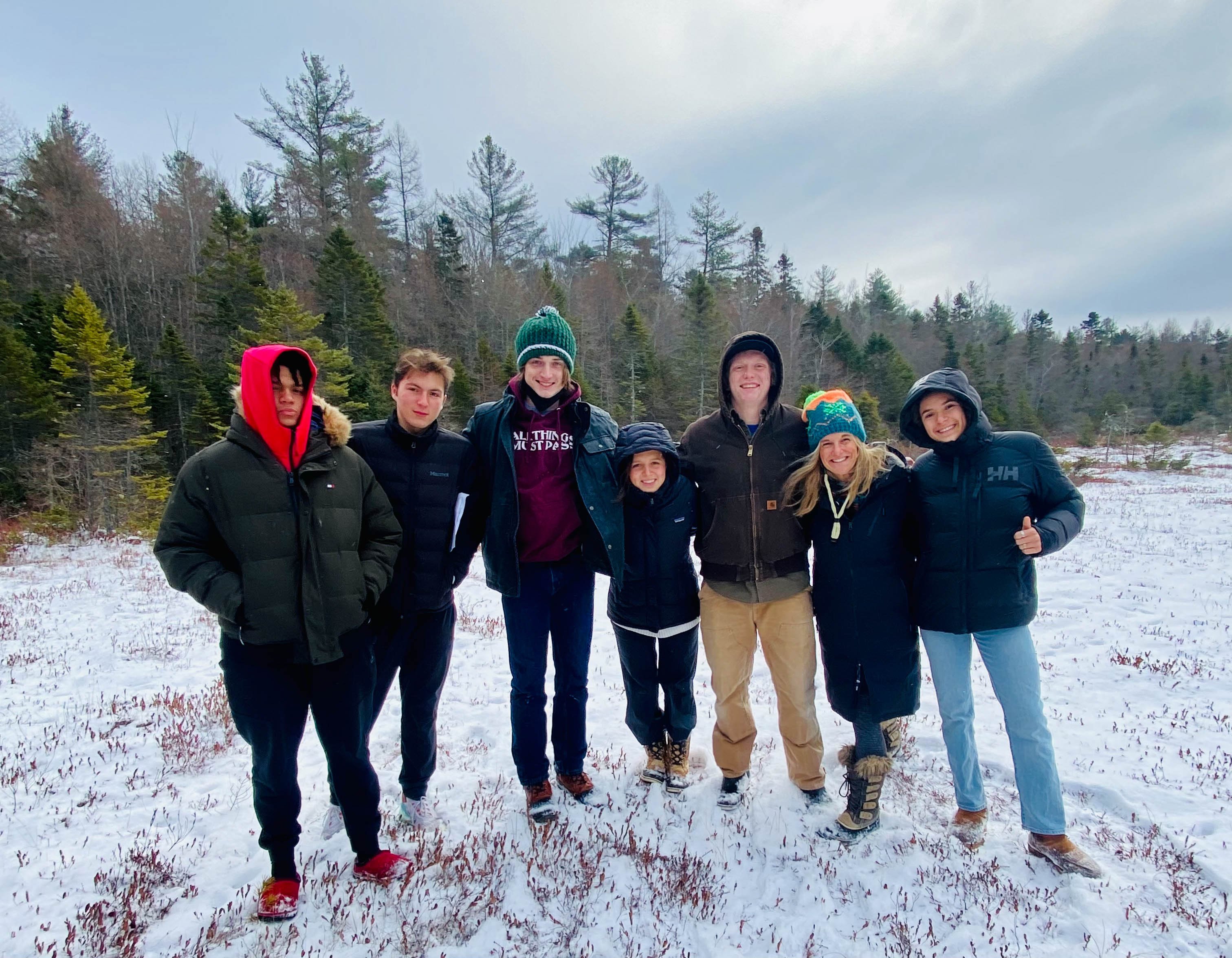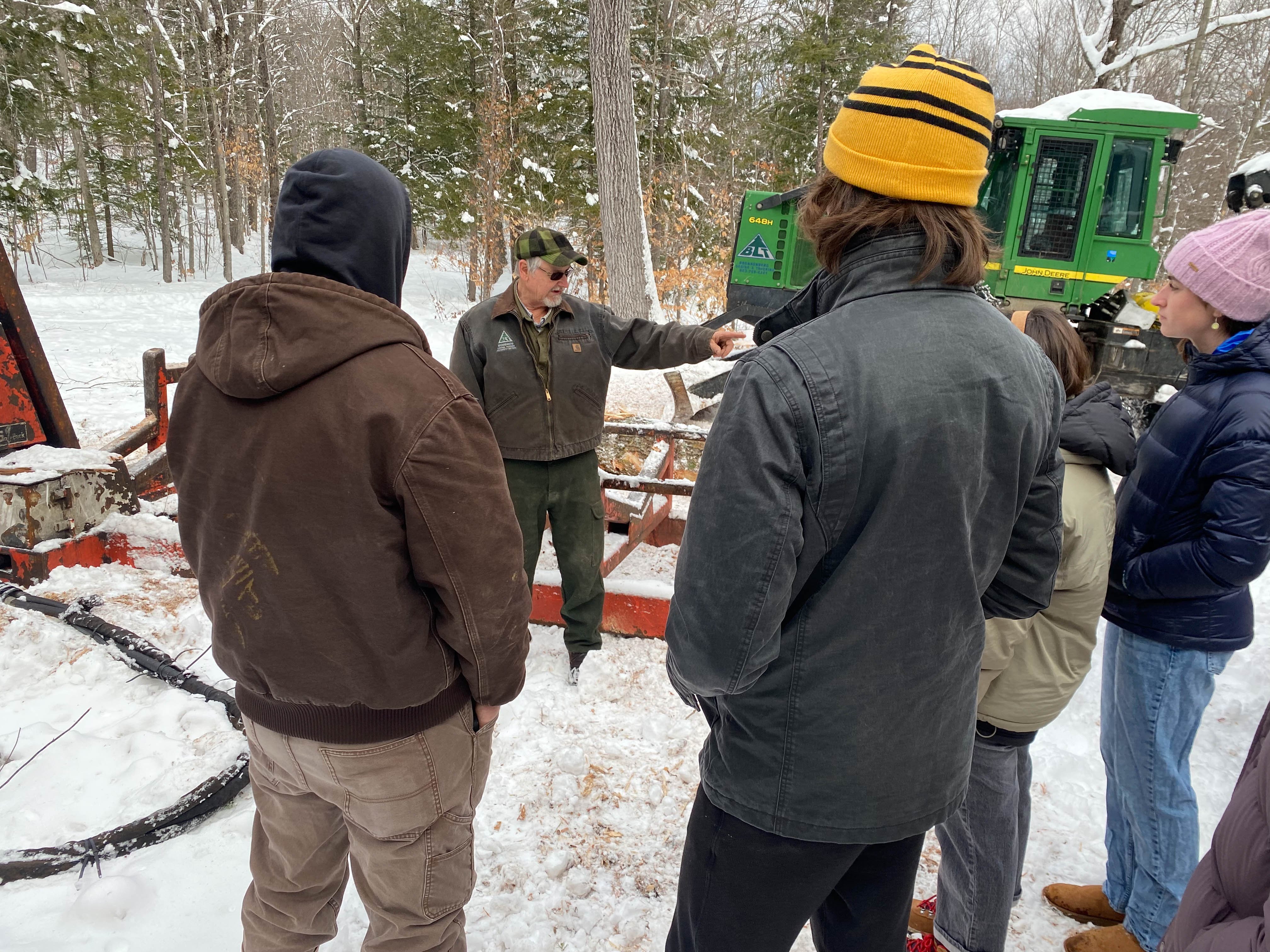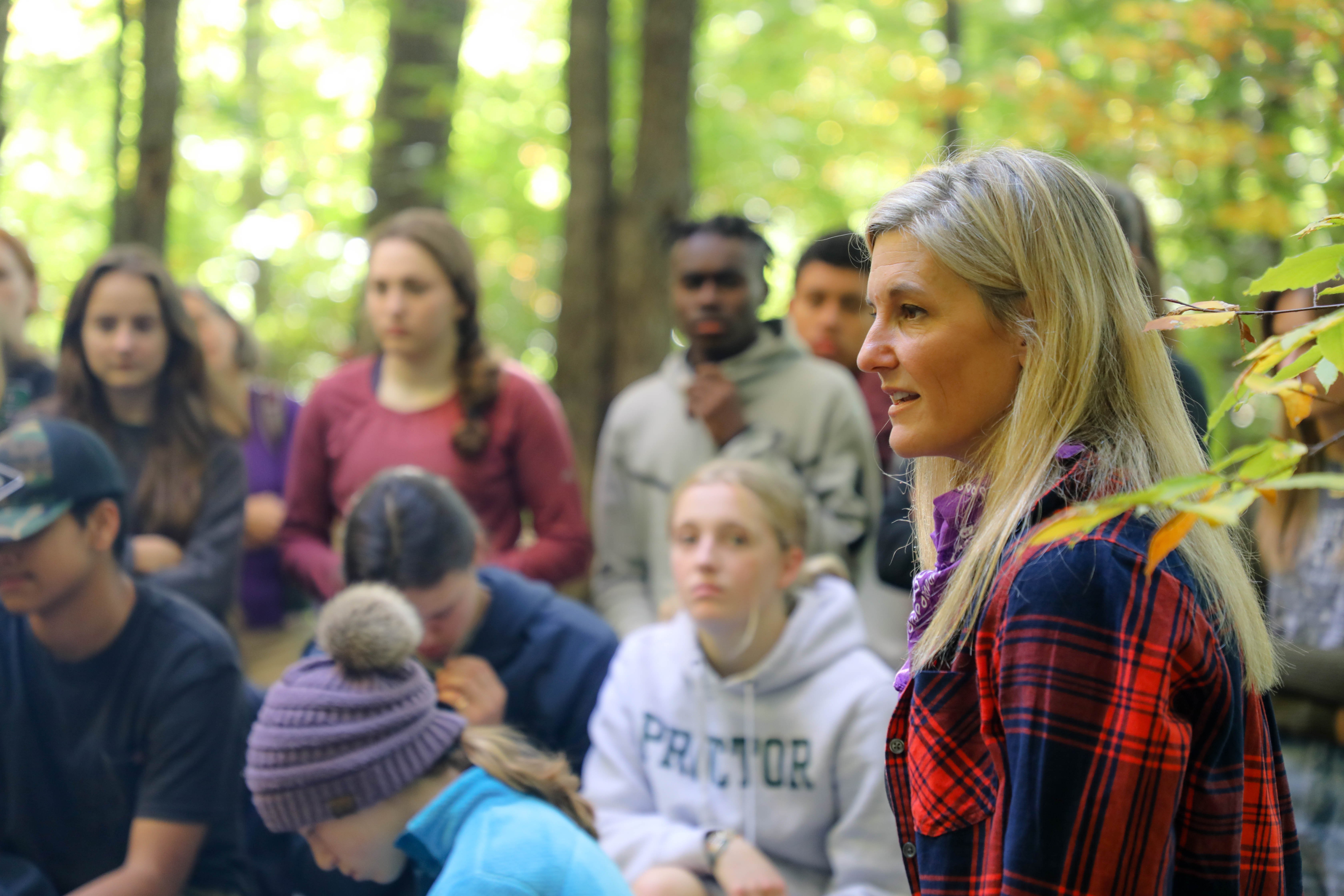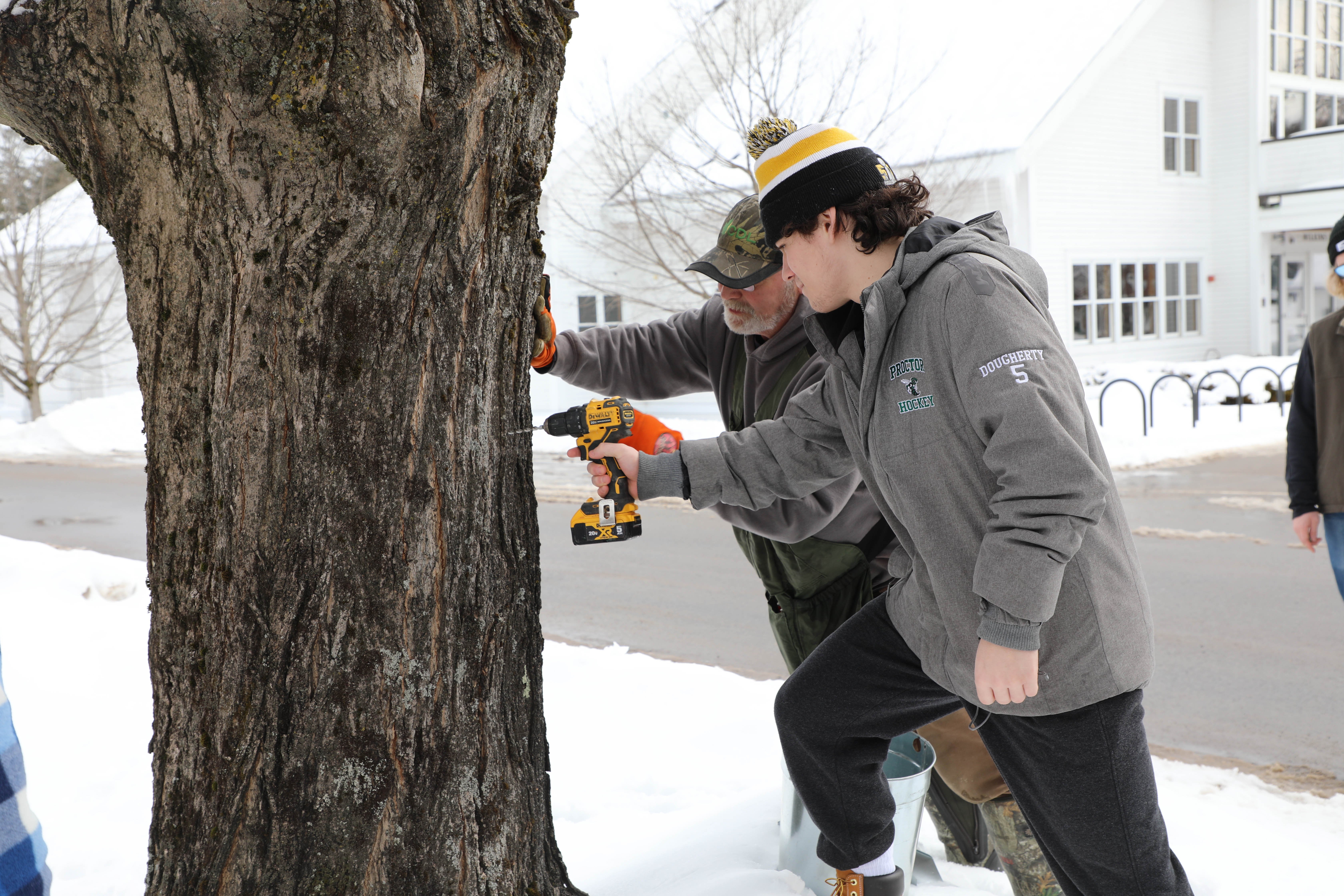Proctor’s 2,500 acres of woodlands are a sacred place for anyone who has called Proctor home. This land is deeply rooted in the school’s mission to provide a holistic education that fosters a love for the outdoors and a sense of responsibility towards the environment. The Woodlands are our largest classroom – they allow students the opportunity to study ecology, forestry, and environmental science in a living, breathing laboratory. They, along with Proctor's outdoor science teachers, have taught generations of students lessons about life, our planet, and our interconnectedness that reach far beyond a traditional classroom.

A lesson I will never forget from my time as a student was when Dave Pilla took us into the woods during Wildlife Science on a sub zero day in January. He asked us to sit in a circle and to be silent. To listen. With each passing minute he asked us to take off a piece of our warm winter clothing until, finally, we were all sitting in the snow in nothing but T-Shirts and jeans, teeth chattering. After some moments of quiet, he told us the reason for doing this exercise is to gain a greater appreciation and understanding for how challenging life can be for the animals who call the woods home, especially during the harshest winter days. That by putting ourselves in the animals’ shoes – or rather, paws and hooves – we could not only empathize with them, but we could honor their experience.

In recent years, Proctor has embarked on an ambitious project to plot and map the Woodlands using stakes and GIS Mapping (Geographic Information Systems). The project is designed to monitor plant and wildlife species as well as carbon sequestration within the context of a research forest. This is the most extensive field study that has ever been done at Proctor, and will allow us to gather vast amounts of data for years to come. This valuable data will track changes in the Woodlands over time, and help us to identify areas that require management interventions.

The Woodlands currently serve as a home to Conservation Ecology, a course in which students participate in everything from sugar maple tapping to discussing selective clear cuts to analyzing ecological data from the mapping project. In some ways this course looks like it might have a hundred years ago. It is a low/no tech class that uses the same Rite in the Rain notebooks that were invented in the 1920s, notebooks that every Proctor student who has taken a Wildlife Science or Forestry class in the past has used outdoors.

While some things (like those little yellow notebooks) never change, the curriculum of Wildlife Ecology has evolved – students utilize GIS to better understand the woods and even to receive the exact GPS location for where class will meet. One of the highlights of the course is the opportunity to work with Jack Bronnenberg’s logging operation. During this unit, students learn different forms of sustainable forest management, from Pine Release Cuts to his famous call to “Release the Maples!” – a controlled release cut which allows sugar maples to grow and thrive by removing some of the white pines that compete for sunlight and nutrients.

Proctor and the Woodlands have always been, and always will be, linked to one another. Those of us who call Proctor home head into the woods to mountain bike and walk dogs, to prowl for owls and to identify wild mushrooms. We head into the woods for quiet and meditation, and to connect with those who are no longer with us. We will continue to learn from them and to enjoy them. We will continue the legacy of this land that we have been charged to steward.








